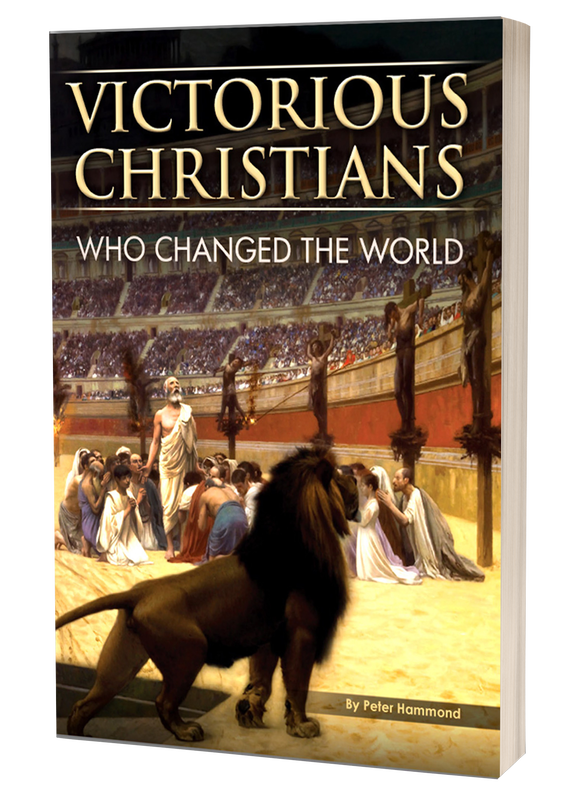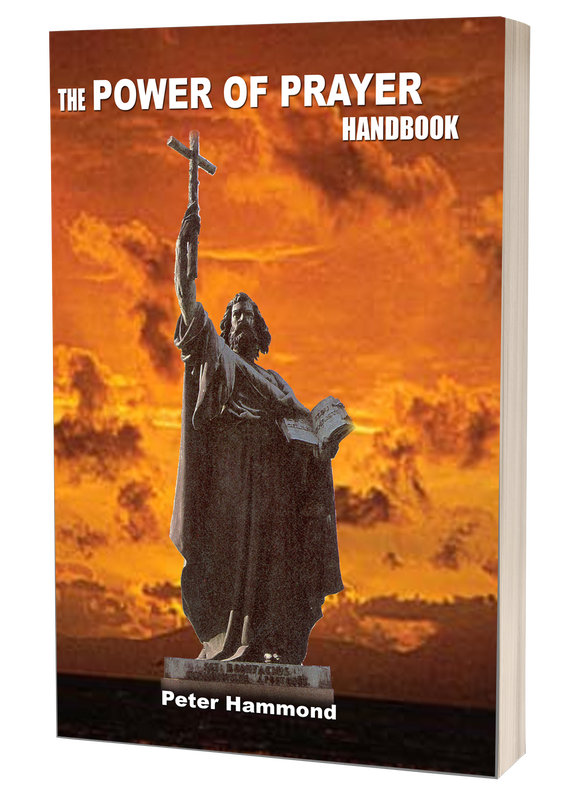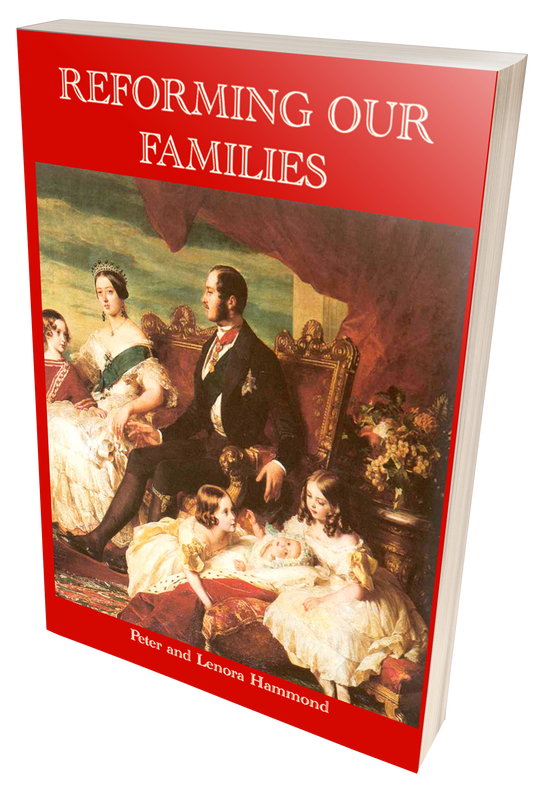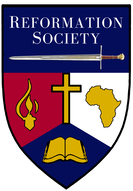
The Reformation in England was quite different to the Reformations in Europe. There was no one dominant individual to give direction to the Reformation in England. Germany had Martin Luther. Switzerland had Ulrich Zwingli. The French-speaking world had John Calvin. But England’s Reformation was very different.
In the 14th Century, Professor John Wycliffe had been the Morning Star of the Reformation. William Tyndale sacrificed his life to provide the first Bible translated from the original Hebrew and Greek and printed into English. But whereas the Reformations in Europe were inspired and directed by religious leaders, the Reformation in England was primarily controlled by political leaders: King Henry VIII, King Edward VI, Queen Elizabeth I and Chancellors such as Thomas Cromwell. 
The Cautious Reformer
However, amongst the many notable Reformers who contributed to the English Reformation, the Archbishop of Canterbury, Thomas Cranmer, played a key role. In many ways, Thomas Cranmer was the most cautious, even indecisive of the Reformers – until his final hour. In the tumultuous political and religious climate of the day, Cranmer was a cautious clergyman who mastered the art of political realities, determining how best to forward the Gospel without losing his livelihood and life, or soul. Cranmer mastered the intrigues of the palace, survived 2 kings, and was martyred under Queen Mary. Born 2 July 1489, in Nottinghamshire, Thomas Cranmer studied for the priesthood at Cambridge University. When he married, he lost his fellowship in the College of Jesus, but when his wife, Joan, died at childbirth within a year of their wedding, Jesus College at Cambridge restored Cranmer to the Fellowship. He was ordained as a priest and threw himself into his further studies, becoming an outstanding theologian. In 1520, he joined some scholars who met regularly to discuss Luther’s theological revolt on the continent. This group was dubbed “Little Germany.” William Tyndale, who would later give his life translating the Bible into English, was also part of this theological discussion group, along with Cranmer. By 1525, Cranmer was praying for the abolition of Papal power in England. 
The King’s Man
When King Henry VIII heard that this prominent theologian believed that the king had the right to divorce Catherine and that the king should be the Head of the Church in England, Henry summoned Cranmer and commanded him to write a treaty backing up the king’s case. This Cranmer did, using arguments from Scripture, the Church fathers and Church councils. The king appointed Cranmer to his embassy to Rome and then to Germany to communicate with the Lutheran princes. It was in Germany that Cranmer met and married Margaret, the niece of Lutheran Reformer, Andreas Osiander. At that stage in the Church in England, priests were not allowed to marry, so Cranmer kept this marriage a secret for his first 14 years as Archbishop. He was convinced that marriage for ministers was Biblical, but he recognised that the time was not ripe for him to make either his marriage, or his theology, public. In March 1533, Cranmer was consecrated as the Archbishop of Canterbury. This required him to still take the Obligatory Oath to be subject to the Pope, as the Church in England had not yet separated from Rome. However, the day before, Cranmer signed a statement qualifying this oath that he was not binding himself to “do or attempt anything which will, or may seem to be, contrary to God’s Law, or against his Majesty, the King of England.” In May, Cranmer convened his court and declared the king’s marriage, to Catherine of Aragon, void from the beginning. He then pronounced the king’s marriage to Anne Boleyn (which had secretly taken place in January) valid. Cranmer sincerely believed in royal absolutism. He believed that his primary duty was to obey the king, as God’s chosen to lead both nation and church. In 1536, on the instruction of the king, he invalidated the king’s marriage to Anne, and ruled that Henry’s proposed marriage to Anne of Cleves was lawful. Then, 6 months later, Cranmer approved Henry’s divorce on the grounds that the original marriage was unlawful! 
Courage and Compromise
Although Cranmer received much criticism for appearing to be the lackey of the king, Cranmer was apparently convinced of the divine right of kings. However, Cranmer did show extraordinary courage. Time and again, alone of all Henry’s advisors, he pleaded for the lives of people who had fallen out of royal favour. For example, he pleaded with great courage for the lives of Thomas More, Anne Boleyn and Thomas Cromwell - when the king wanted them beheaded. While Cranmer articulated the case for Protestant doctrines, he enforced the decisions of the king, such as arresting priests who had wives, even while he himself was secretly married. To most Protestants, Cranmer had compromised the Reformation. The Survivor Cranmer’s many enemies hatched several plots to destroy him. But each time, they were foiled by Henry. While Henry lay dying, Cranmer’s enemies in the Privy Council (The Cabinet of the King) attempted to arrest Cranmer for treason and send him to the Tower of London for execution. However, the king gave Cranmer his signet ring, which Cranmer produced at a key moment, throwing the Council into confusion. As King Henry lay dying, it was Cranmer whom he called for to pray with him as he died. 
The Time for Reform
With the accession to the throne of the young Edward VI in 1547, Cranmer’s time had arrived. He immediately began to transform the Church of England into a decidedly Protestant church. In 1547, Cranmer published his: “Book of Homilies” which required the clergy to preach sermons emphasizing Reformed doctrines. In 1549, he published the first “Book of Common Prayer” which was revised in 1552 by a second edition, which was more clearly Protestant. In 1553, Cranmer produced The 42 Articles as the doctrinal statements that moved the Church of England even more towards a Reformed, Calvinist direction. These were later revised into The 39 Articles, which under Queen Elizabeth became the official foundational statement of the Church of England worldwide. By Thomas Cranmer’s immense learning, ecclesiastical authority and hard work, he dominated the religious revolution, which propelled England into the Reformed Camp. None of the Reformers, neither Luther, Calvin nor Zwingli, thought it unscriptural to use set prayers. As there were set prayers in the Old Testament (such as the Psalms) and in the New Testament (such as the Lord’s Prayer), their concern was to have good, Scriptural prayers. Cranmer called it “The Book of Common Prayer” because it was intended for the whole nation. Both clergy and laity alike, and for all classes of society. To Cranmer, carefully thought out phrases based on Scripture were more likely to express one’s best intentions than the suggestions and feelings of the moment. His intention was to have these prayers fixed so that people could get to know them, think about them, memorize them and let these prayers fully enter into their understanding. The goal was to reform all teaching and prayer in the Church, by replacing the unBiblical superstitions of Catholicism with Biblical doctrines and Scriptural worship. The public liturgy was also intended to keep in check the radical individualism of preachers who may allow their prejudices or personalities to predominate. The Prayer Book was to help keep services God centred and Bible based. 
Disaster Strikes
As Edward VI approached death in July 1553, Thomas Cranmer became fatally involved in royal politics. He supported the Protestant, Lady Jane Grey (the great niece of Henry VIII), as the new sovereign. Nine days after being proclaimed Queen, Jane Grey was deposed and beheaded by her cousin Mary. Persecution Under Bloody Mary With Queen Mary’s accession, the English Reformation began to unravel. Cranmer’s deadly enemy, Stephen Gardiner was appointed Chancellor and Reginald Pole became the new Archbishop of Canterbury. Parliament repealed the acts of Henry VIII and Edward VI and reintroduced the Heresy Laws. Bloody Mary then began a relentless campaign against the Protestants. Along with the Reformers Nicholas Ridley, The Bishop of London, and Hugh Latiner, The Bishop of Worcester, Cranmer was moved to Oxford in March 1554 to stand trial. Imprisonment and Disgrace After a torturous imprisonment, Cranmer was subjected to a long and tedious trial where, as a result of the debilitating, enfeebling mental torture, isolation and physically exhausting imprisonment, Cranmer was often outmanoeuvred in the debates. In February 1556, in a ceremony designed to humiliate him, Cranmer was degraded from his episcopal and priestly offices. The symbol of his Archbishop Hood was stripped from his back, the chalice was pulled away from his hands, the Gospels and Epistles were taken away from him, his priestly tunic and stole were stripped from his body. A barber shaved his head and the tops of his fingers. He was also forced to witness the excruciatingly slow and painful death, by burning, of Bishops Latimer and Ridley. After extensive mental and physical torture, the long trial and lonely imprisonment Cranmer was wearied to the point where he signed a statement of recantation, recognizing the Bishop of Rome, the Pope, as the Vicar of Christ, and placing himself under the authority of Queen Mary. Condemned However, the vindictiveness of Queen Mary and Cardinal Pole was still not appeased. They still wanted to humiliate and punish Cranmer further for all the havoc he had wrecked upon Catholicism in England. They determined that he must be burned at the stake – after making one more public rejection of the Protestant faith. On the morning of 21 March 1556, Cranmer was escorted from his cell amidst fierce rain and dark skies. The weather forced the formalities preceding the burning to be moved indoors, to St. Mary’s Church. There Cranmer was forced to stand, in ragged threadbare clothes, before the pulpit, while Henry Cole spoke of Cranmer’s “crimes” and the need for his death. 
Cranmer’s Courageous Confession
Cranmer was then invited to “openly express the true and undoubted profession of your faith.” Cranmer took off his cap, thanked the people for their prayers and exhorted them in four points: To care less for this world and more for the next, to obey their sovereigns out of the fear of God, to do good to all people and to be concerned for the poor. Then he declared: “As I am come to the last end of my life, whereupon hangeth all my life past and all my life to come…I shall therefore declared unto you my very faith, how I believe, without any colour or dissimulation.” He then recited The Nicene Creed. Then he declared: “I have come to the great thing that troubles my conscience more than any other thing that I ever said or did in my life, and that is setting abroad of writings contrary to the truth, which here now I renounce and refuse, as things written with my hand contrary to the truth which I thought in my heart, and written for fear of death and to save my life if it might be – and that is all such bills which I have written or signed with my own hand since my degradation, wherein I have written many things untrue. And for inasmuch as my hand offended in writing contrary to my heart, therefore my hand shall first be punished; for if I may come to the fire it shall be first burned.” As loud rumblings spread through the shocked congregation, Cranmer continued: “as for the Pope, I refuse him as Christ’s enemy and Anti-Christ, with all his false doctrines. And as for the sacrament…” At this, Cranmer was being heckled and interjected, ordered to stop. However, he continued: “Teacheth so true a doctrine of the sacrament that it shall stand at the Last Day before the Judgment!” Cranmer was silenced at this point and dragged from the stage. But the Friars did not have to pull him to the stake, because Cranmer rushed to the stake, giving his captors a hard time keeping up with him. In front of the stake Cranmer knelt on the bare ground and prayed. Then he clasped the hands of friends who stood nearby and bade them farewell. 
Steadfast at the End
He was bound to the stake with a steel band around his waist. As the fire was kindled and the flames leapt up, Cranmer stretched out his right arm and held his hand in the flame stating: “This hand hath offended.” He continued to hold his hand out until it had been burned to a stump. His last words were: “Lord Jesus, receive my spirit!” He then collapsed and was consumed in the flames. For his courage and steadfastness at the end, Protestants in England forgave his vacillations and political manoeuvring. As one historian put it: “His fame has been brightened by the fire that consumed him.” Cranmer’s Homilies, The 39 Articles, and The Book of Common Prayer stand as enduring monuments to his faith, which, however weak, was, without doubt, sincere and real. “This is a faithful saying: for if we die with Him we shall also live with Him. If we endure, we shall also reign with Him. If we deny Him, He will also deny us. If we are faithless, He remains faithful; He cannot deny Himself.” 2 Timothy 2:11-13 
Dr. Peter Hammond
See the book The Greatest Century of Reformation (288 pages, over 200 historic pictures and maps, 20 chapters and 16 appendices) from Christian Liberty Books, PO Box 358, Howard Place 7450, Cape Town, South Africa, Tel: 021-689-7478, Fax: 086-551-7490, Email: [email protected] and Website: www.christianlibertybooks.co.za.
2 Comments
Ngirisoko
3/21/2023 11:29:18 pm
Our heavenly father always strengthen his church through persecution
Reply
3/22/2023 03:06:16 am
Dear,Beloved.Can you please keep me up date with some of your Bible teaching.
Reply
Leave a Reply. |
History ArticlesCategories
All
Archives
May 2023
|
- Home
-
History Articles
- History Articles
- All Categories
- Character Studies
- Greatest Century of Missions
- Greatest Century of Reformation
- Reformation In Bohemia
- Reformation In England
- Reformation In France
- Reformation In Geneva
- Reformation In Germany
- Reformation In Italy
- Reformation In Scotland
- Reformation in Switzerland
- Victorious Christians
- Contemporary Articles
- Resources
- Contact
- Donate
|
The Reformation Society
PO Box 74, Newlands, 7725, South Africa Tel : (021) 689-4480 Email: [email protected] Copyright © 2022 ReformationSA.org. All rights reserved |
- Home
-
History Articles
- History Articles
- All Categories
- Character Studies
- Greatest Century of Missions
- Greatest Century of Reformation
- Reformation In Bohemia
- Reformation In England
- Reformation In France
- Reformation In Geneva
- Reformation In Germany
- Reformation In Italy
- Reformation In Scotland
- Reformation in Switzerland
- Victorious Christians
- Contemporary Articles
- Resources
- Contact
- Donate





 RSS Feed
RSS Feed

